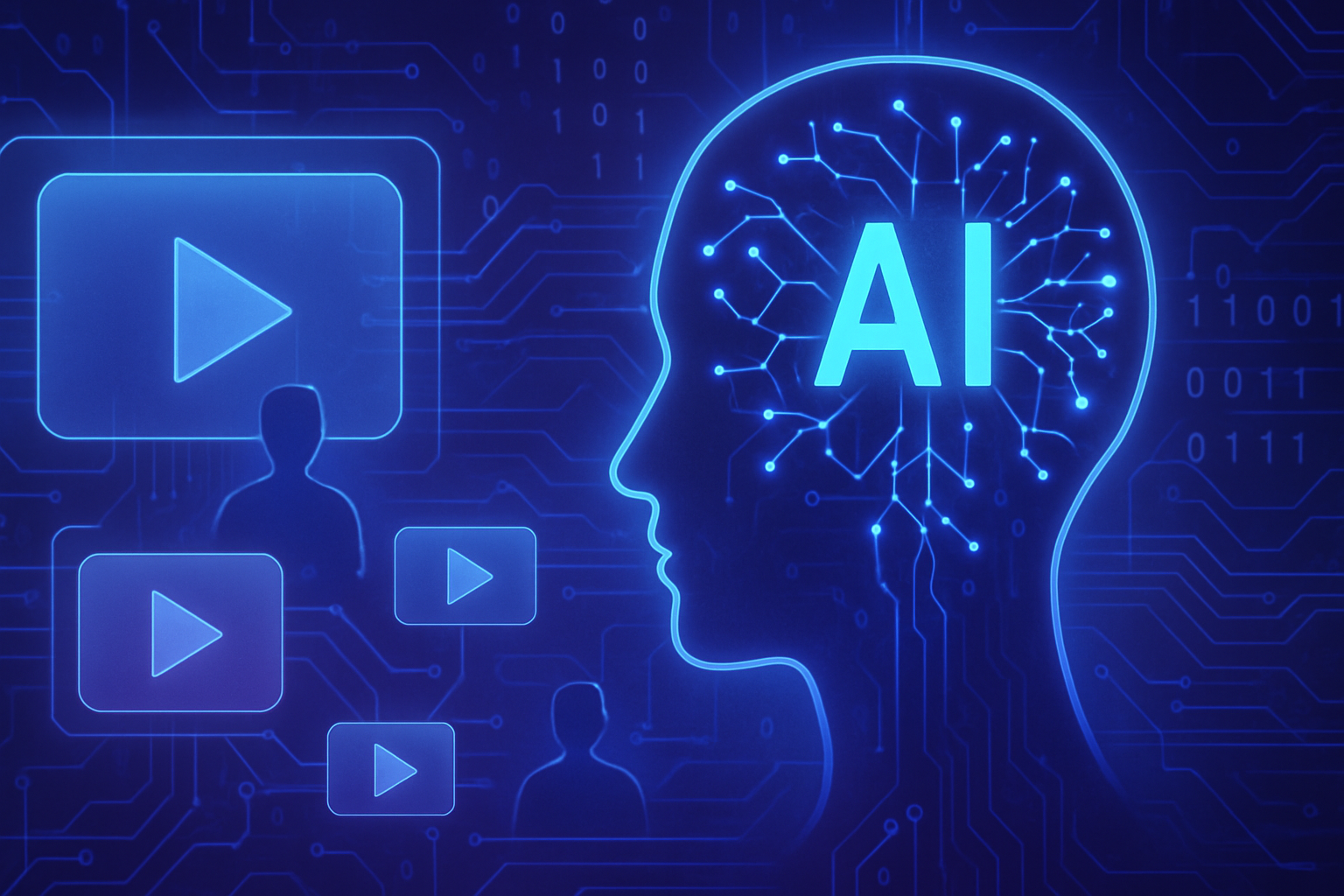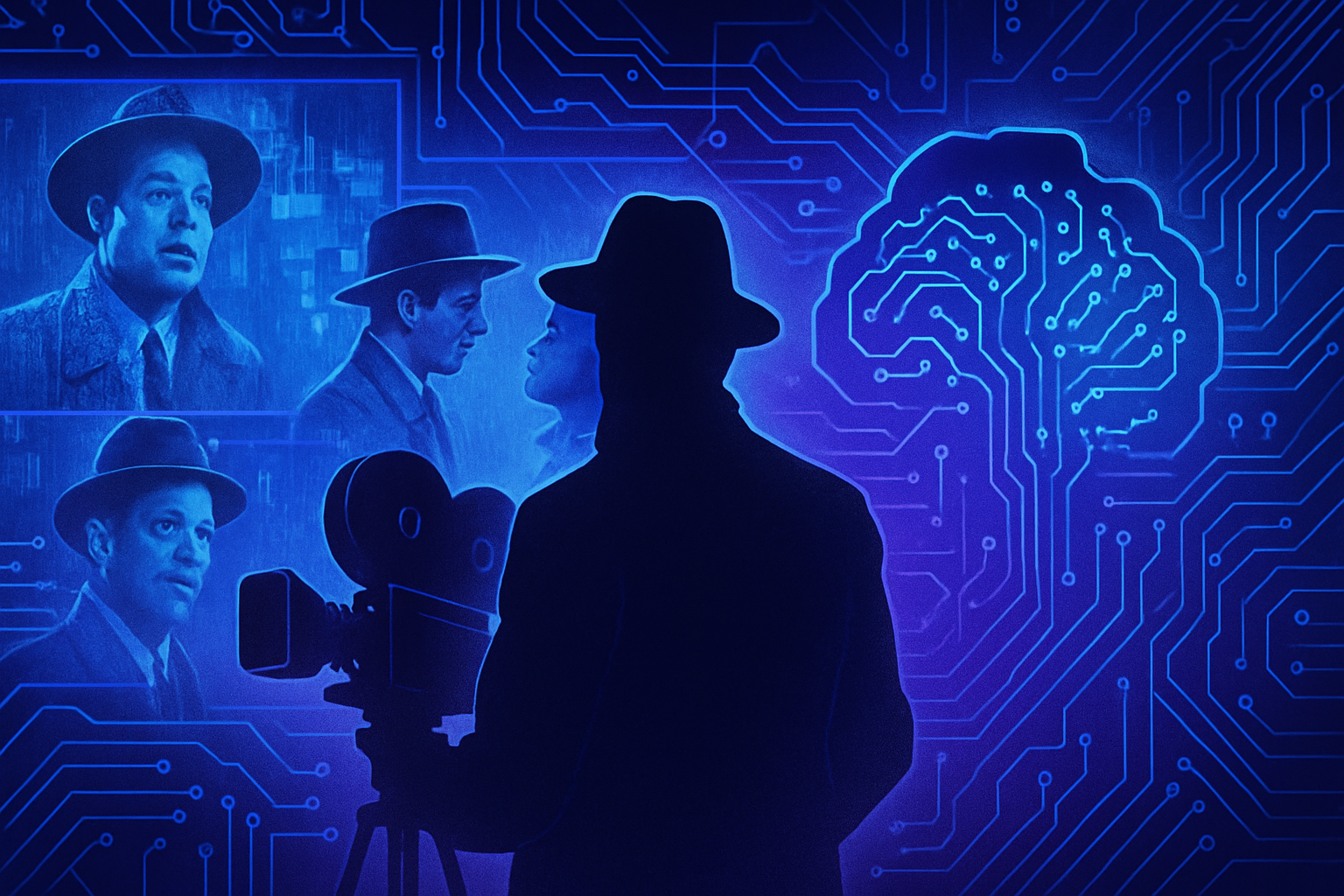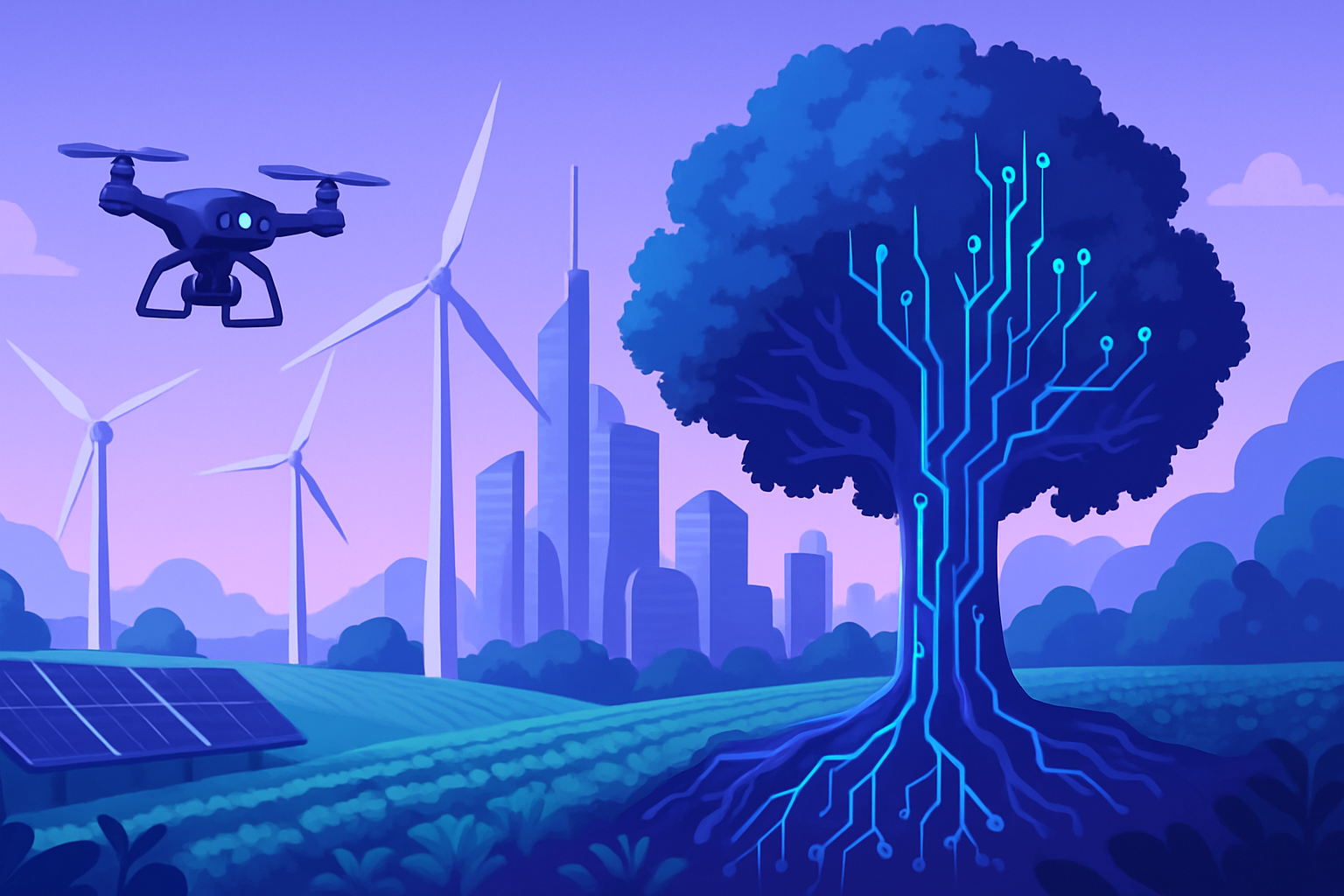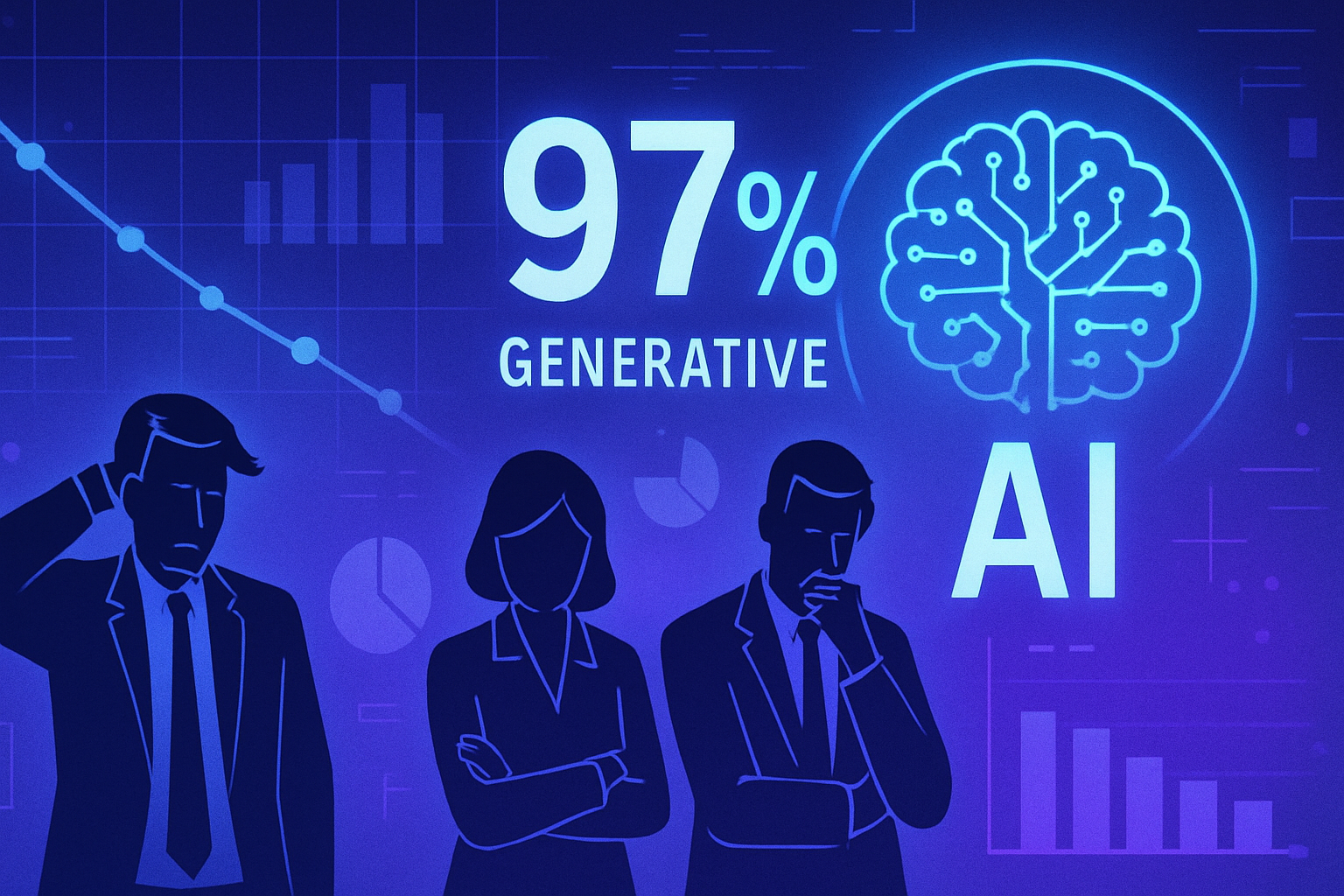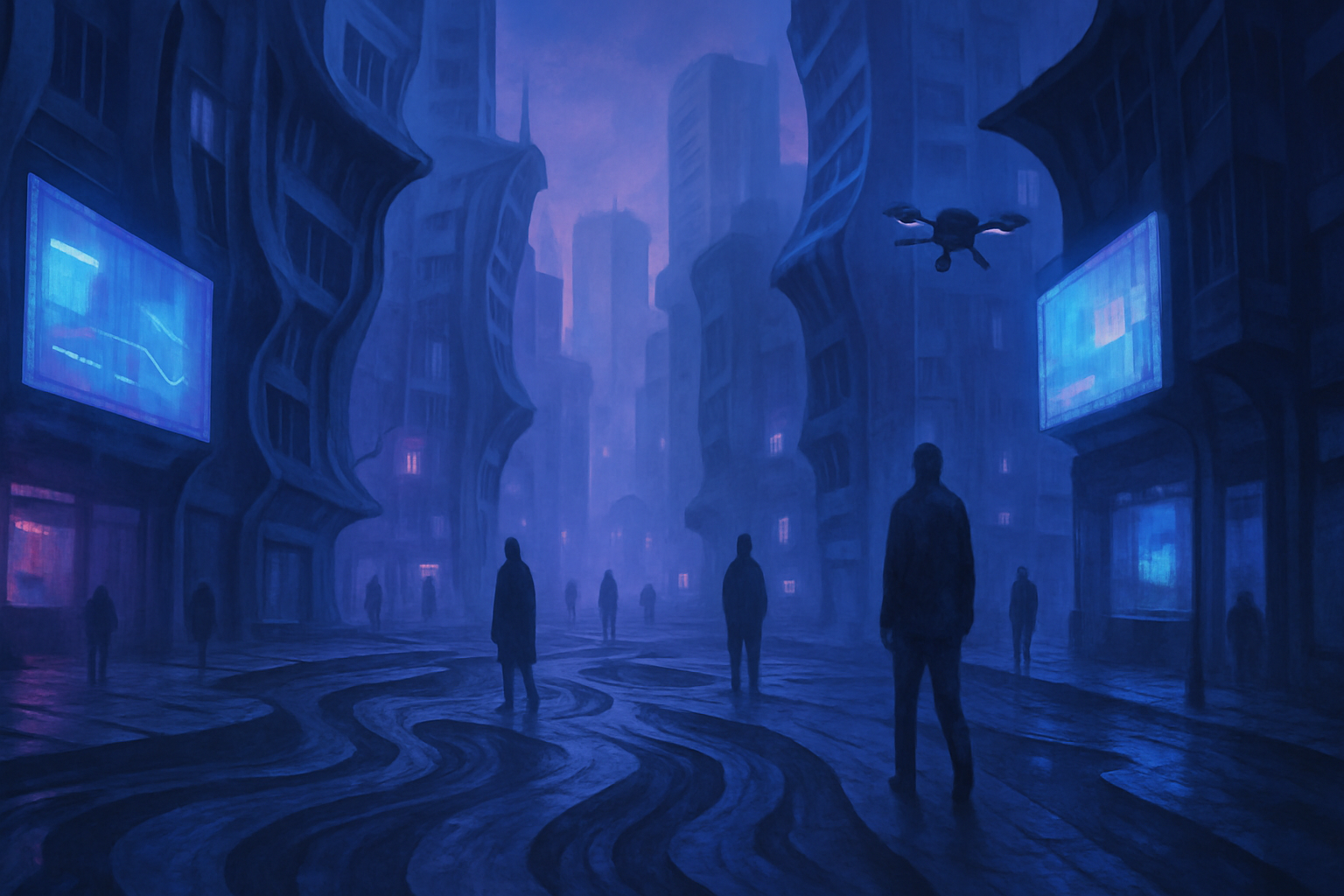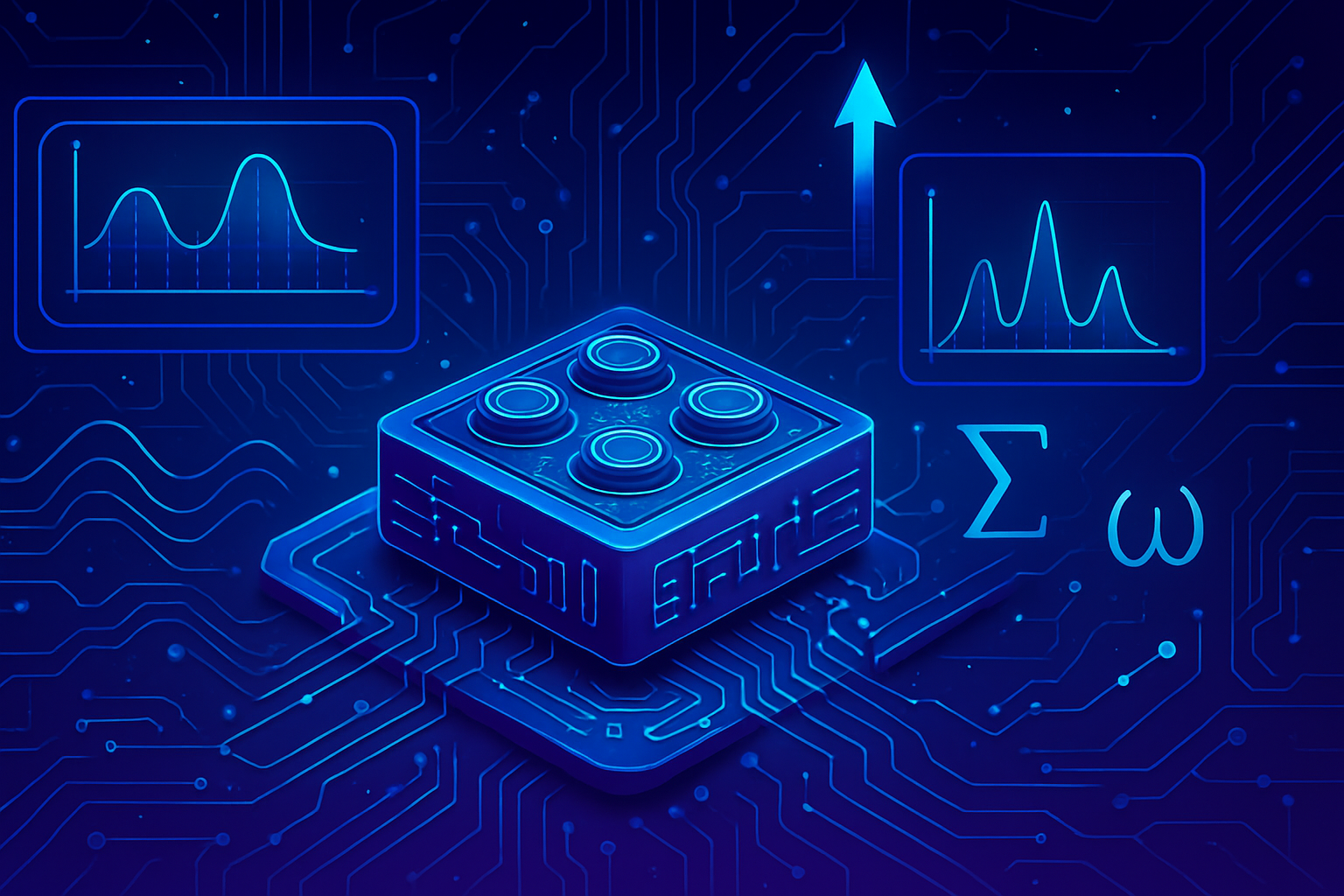YouTube has decided to embark on an unprecedented optimization era, leveraging artificial intelligence to enhance your videos. Creators are slow to realize the disconcerting changes made to their content, sometimes making the videos unrecognizable. The lack of consent raises major ethical questions, as the social network introduces bold changes at the expense of the authenticity of creators. In the background, heated discussions about the nature of machine learning and its relationship with AI raise crucial issues.
YouTube uses artificial intelligence to modify videos
Content creators express their frustration with the YouTube platform, which modifies their works without obtaining their approval. Cases like those of Rick Beato and The Mr. Bravo Show testify to this growing issue.
Controversial modification of videos
For several weeks, various YouTube users have noticed unexpected modifications in certain vertical videos. These changes, often subtle, affect the visual quality of the recordings, sometimes making the creations unrecognizable. These adjustments include enhanced contrast, increased resolution, and altered skin appearance, often described as “strangely smooth.”
A user on a Reddit forum questioned a screenshot from a Hank Green video. He noticed an effect that some described as “oily,” which raised questions about the platform’s integrity.
Creators worry about the authenticity of their style
Criticism intensified when a YouTuber named Mr. Bravo voiced his discontent. He sought to give an authentic style to his 80s-inspired videos but discovered that after publication, YouTube had modified them using AI enhancements. The changes were so significant that he stated his video no longer resembled the original.
Rhett Shull, another highly followed content creator, even accused YouTube of making some of his videos resemble “cheap deepfakes.” This situation sparked a series of questions about content management and copyright on the platform.
YouTube’s response to criticism
In response to these allegations, Rene Ritchie, YouTube’s editorial director, attempted to clarify the situation. He stated on X that the modifications were neither the result of generative AI nor optimization, but rather an experiment using traditional machine learning. This technology would enable deblurring and improved clarity of videos, similar to smartphone correction processes.
This response did not convince many creators. The BBC emphasizes that while several smartphones integrate artificial intelligence tools, these features can be disabled by the user. In contrast, the automated enhancements orchestrated by YouTube offer no option for creators. The terminology used by Ritchie, even though based on machine learning, has been rejected by the community.
The debate over artificial intelligence
Comments on X show that the interpretation of “machine learning” remains a matter of debate. For many, this term is nothing more than another way to refer to AI. Users are questioning the quality of the customization and the lack of choice left to creators regarding these modifications.
Recently, YouTube has encouraged users to test Google’s new generative AI tools, reinforcing the idea that the platform wants to take advantage of this technology. This choice has raised distrust among creators, who fear a dehumanization of their work.
Despite growing concerns, the platform remains determined to innovate in the sector, sometimes neglecting the impact of these decisions on its users. The testimonies of creators illustrate an era where copyright and usage rights need to be revisited in the shadow of constantly advancing technology.
Questions and answers about YouTube’s use of artificial intelligence to optimize your videos
Why does YouTube modify my videos without consent?
YouTube uses optimization algorithms aimed at improving the quality of videos published on its platform. However, these modifications can be applied without the creators’ explicit consent.
What modifications does artificial intelligence make to my videos?
Enhancements include deblurring, grain reduction, and increased clarity. Videos may also feature visual effects that alter the appearance of creators.
Is the video optimization by YouTube disableable?
Currently, YouTube does not offer an option for creators to disable these automatic enhancements; the changes are applied by default.
How can I tell if my video has been impacted by these modifications?
You can compare your original video with the published version to observe any differences. Creators with a specific aesthetic may notice it more easily.
What are the risks associated with these automatic modifications for creators?
These modifications can alter the artistic integrity and original message of the video, leading to unexpected reception from the audience and potentially affecting the creator’s brand image.
Are these changes similar to those used by smartphones?
While smartphones may use similar enhancement algorithms, users can choose to enable or disable these functions, which is not the case on YouTube.
Do I have a voice to influence how YouTube optimizes my videos?
Currently, YouTube has not implemented a mechanism allowing creators to provide feedback or refuse modifications made by AI. Open communication from YouTube on this matter is awaited.
How has the community reacted to these changes?
The creator community has expressed concerns and criticisms regarding these modifications, with some even labeling them as “cheap deepfakes” that undermine the authenticity of their content.
What alternatives do I have if I do not want my videos to be modified?
There is currently no alternative provided by YouTube, but you may consider other platforms where you have more control over the presentation of your videos.
